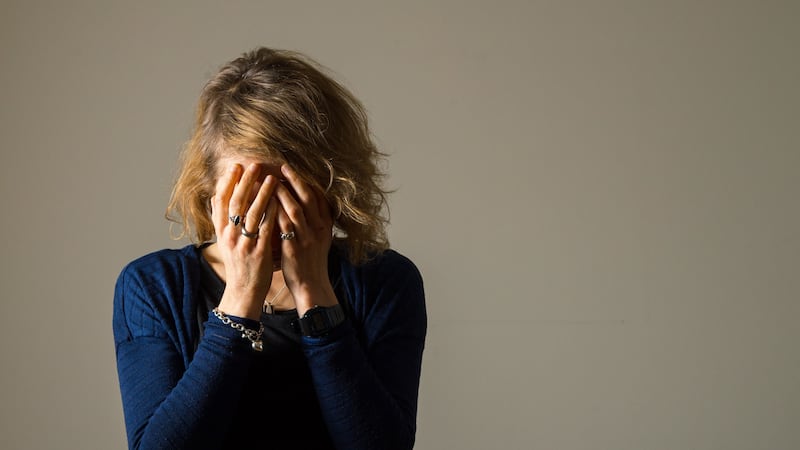Nearly half of workplaces in the UK lack design features that can help employees manage pain and discomfort from menstruation and menopause, a new poll suggests.
The research conducted by OnePoll surveyed around 2,000 adults who experience menstrual or menopausal symptoms – including cisgender women, transgender men, transgender women, non-binary and alternative identity – about support in their workplace.
It found that 48% of respondents do not have access to the feature they identify as most useful to manage their pain and discomfort at work.
Of those identified as unavailable, 78% said they had no place to lie down at work, 66% said they had no access to a hot bath or shower and 60% said there was no dark or dimly lit space.
It comes after a new workplace standard for supporting employees experiencing menopause or menstruation was launched earlier this year.
The British Standards Institute (BSI) published the Menstruation, menstrual health and menopause in the workplace standard (BS 30416), which sets out strategies and practical recommendations for workplace adjustments to help organisations retain experienced and talented staff.
But the OnePoll research identified widespread negative effects of hormonal fluctuations on both employers, and employees’ productivities and efficiency.
It found that 61% of respondents say their mood is affected at work and 58% find their concentration is affected.
The data also shows that employees are affected by a range of different conditions associated with menstruation and menopause while in the workplace.
This includes premenstrual syndrome (19%), polycystic ovary syndrome (6%), endometriosis and premenstrual dysphoric disorder (both 5%), pregnancy (4%), miscarriage, and chest-feeding/expressing (both 3%), and IVF (in vitro fertilisation) (2%).
Elsewhere, 44% of respondents said they face fatigue, 35% said they feel teary at work and 29% said they are dealing with pain.
Respondents said they were negatively affected by hormonal changes for an average 7.74 consecutive days every month.
They also identified fresh air (37%), comfortable seating (30%), natural light (28%), a private room to decompress (25%), temperature-controlled spaces (19%) and more focus rooms with less distractions (19%), as measures that would attract them to work more days in the workplace.
Commenting on the findings, Mariella Frostrup, creator of the BBC’s The Truth about Menopause and co-founder of The Women In Summit, said: “The imperative place of women in our workplaces is unquestionable but the inequity caused by our differing biology remains almost entirely unaddressed.
“From menstruation to fertility issues, parenthood and menopause, there is a strong correlation between women’s health and workforce participation.
“Employers have a crucial role to play. Without robust policies, inclusively designed workplaces, and a strong cultural mandate, the failings will continue – women will leave the workforce and the bottom line will suffer.”
Pareisse Wilson, strategy lead at inclusive design company Motionspot, which commissioned the survey, said: “Our research shows that the negative impact of hormonal fluctuations is significant and spans people’s entire careers, rather than simply beginning with the onset of the menopause.
“The data also shines a light on the fact that the spaces and products people need to ease their hormonal symptoms are not available in almost half of workplaces.
“However, the factors that would reduce pain and discomfort can be implemented in many working environments. Examples include focus rooms, comfortable seating, sleep pods, and sensory controls.
“There is a substantial overlap of desired workplace features for people experiencing hormonal fluctuations, and people with neurodivergent conditions related to sensory modulation.
“We hope these insights encourage organisations to engage with their employees, and their full spectrum of intersectionalities, to create happy and healthy working environments that enable everyone to thrive.”





